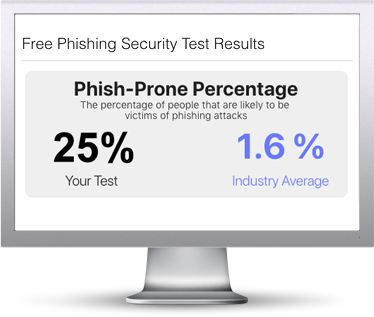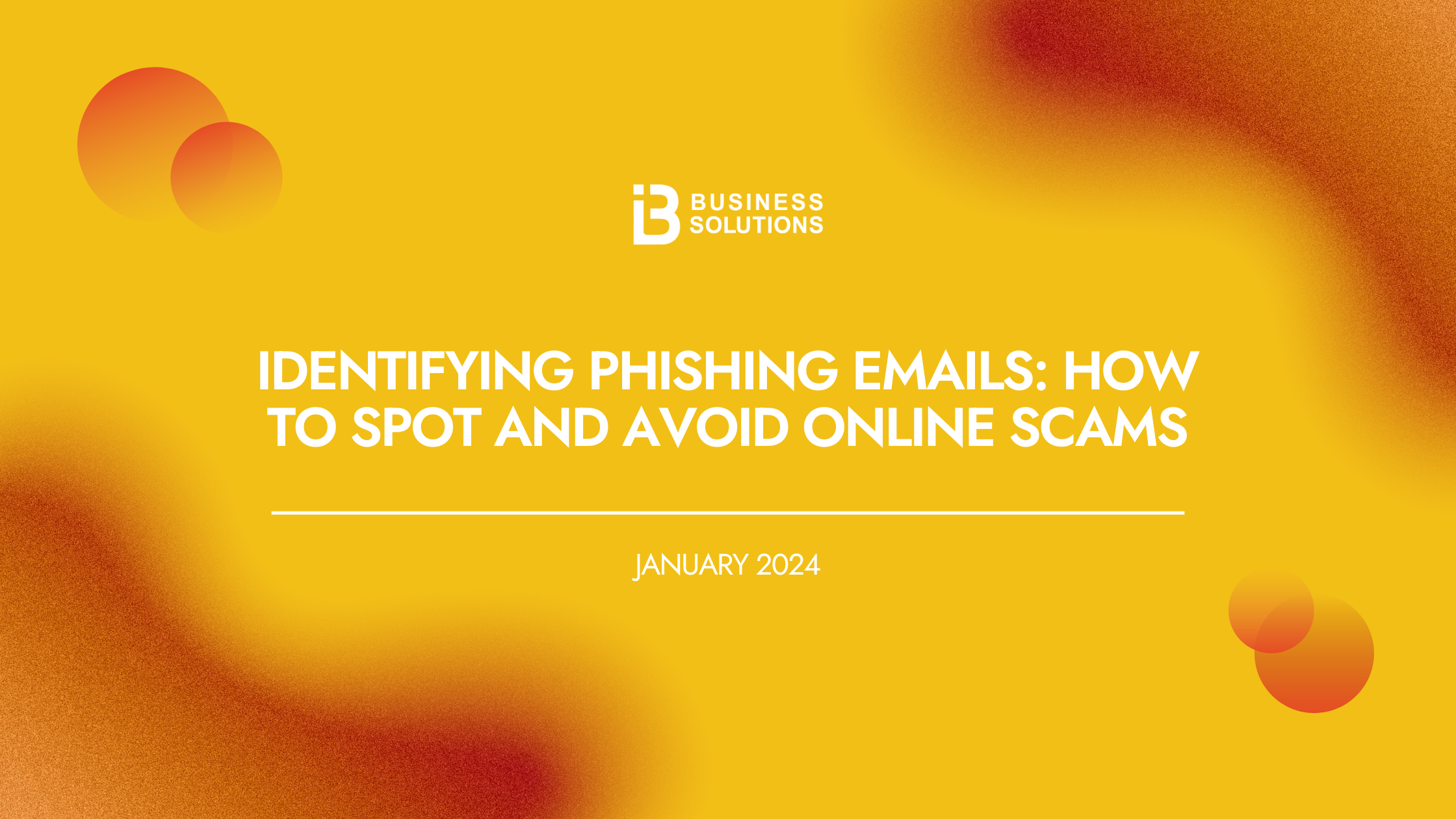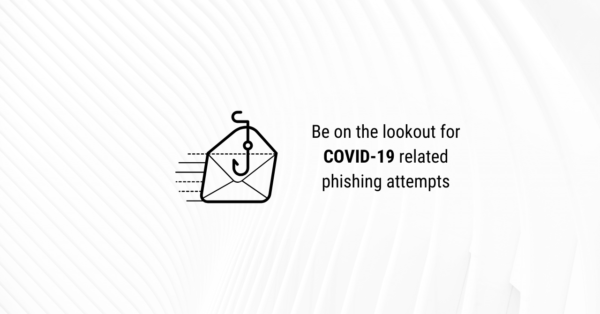How to Safeguard Yourself Against Phishing Emails: A Comprehensive Guide
In today's digital age, phishing emails have become a prevalent threat to individuals and organizations alike. Cybercriminals use deceptive tactics to trick unsuspecting users into revealing sensitive information, such as passwords, account numbers, or Social Security numbers. Falling victim to a phishing scam can lead to identity theft, financial loss, and other serious consequences. However, by staying informed and following some essential guidelines, you can protect yourself from phishing emails and safeguard your personal and financial information.
Understanding Phishing Emails
Phishing emails are designed to appear legitimate and often mimic the branding and communication style of reputable organizations, such as banks, credit card companies, or online payment platforms. These emails typically contain various tactics to deceive recipients into taking action, such as clicking on malicious links, opening infected attachments, or providing personal information.
Recognizing Phishing Tactics
Phishing emails employ a range of tactics to manipulate and deceive recipients. By being aware of these common techniques, you can better identify and avoid falling victim to phishing scams:
- Suspicious Activity or Log-In Attempts: Phishing emails may claim that there has been suspicious activity on your account or multiple unsuccessful log-in attempts, urging you to take immediate action.
- Account or Payment Issues: Scammers often create a sense of urgency by falsely stating that there is a problem with your account, such as an expired payment method or a billing issue.
- Request for Personal or Financial Information: Phishing emails may ask you to provide personal or financial information, such as passwords, Social Security numbers, or credit card details, under the guise of verifying your account or resolving an issue.
- Unrecognized Invoice or Payment Request: Emails containing invoices or payment requests for unfamiliar products or services are often attempts to trick you into making a payment or providing sensitive information.
- Malicious Links: Phishing emails frequently include links that direct you to fake websites designed to capture your information or install malware on your device.
- Government Refund Scams: Some phishing emails may falsely claim that you are eligible for a government refund or financial assistance to entice you into providing personal details.
- Free Offers or Coupons: Scammers may offer enticing freebies or discounts to lure you into clicking on links or providing personal information.
Protecting Yourself Against Phishing Attacks
Now that you are familiar with the tactics used in phishing emails, let's explore ten effective ways to protect yourself against these scams:
1. Stay Informed About Phishing Techniques
Phishing techniques evolve rapidly, and new scams emerge regularly. Staying informed about the latest phishing trends and tactics can significantly reduce your risk of falling victim to these scams. Keep up with cybersecurity news, subscribe to trusted sources, and participate in security awareness training programs to stay one step ahead of cybercriminals.
2. Exercise Caution When Clicking on Links
Before clicking on any links, whether in emails or instant messages, exercise caution and think twice. Trusted websites are generally safe to click on, but random emails or messages should be treated with caution. Hover over links to verify their destination before clicking on them. If you receive an email claiming to be from a legitimate company, double-check the email's content, such as the greeting and personalization, to ensure its authenticity.
3. Utilize Anti-Phishing Toolbars
Most popular internet browsers offer anti-phishing toolbars that provide an additional layer of protection. These toolbars automatically scan websites you visit and compare them to lists of known phishing sites. If a website is flagged as malicious, the toolbar will alert you. Install and enable these toolbars to enhance your protection against phishing attacks.
4. Verify Website Security
When submitting sensitive information online, it is vital to ensure that you are on a secure website. Check that the website's URL begins with "https" and look for a closed lock icon near the address bar. Additionally, validate the site's security certificate. If you encounter a warning about a potentially malicious website, refrain from opening it. Avoid downloading files from suspicious emails or websites, as they may contain harmful malware.
5. Regularly Check Your Online Accounts
Stay vigilant by regularly checking your online accounts, even if you haven't used them recently. By monitoring your accounts and reviewing transactions, you can quickly detect any unauthorized activity or fraudulent transactions. Make it a habit to change your passwords frequently, ensuring they are strong and unique for each account. Regularly monitoring your financial statements is particularly crucial to identify any signs of bank or credit card phishing scams.
6. Keep Your Browser Updated
Browsers release security patches regularly to address vulnerabilities that phishers and hackers exploit. To ensure optimal protection, always update your browser to the latest version. Enable automatic updates to receive security patches and stay protected against emerging threats.
7. Employ Firewalls
Firewalls act as a barrier between your computer or network and potential intruders. Using both desktop and network firewalls provides an added layer of defense against hackers and phishers. Desktop firewalls are software-based, while network firewalls are hardware-based. Employing both types significantly reduces the risk of unauthorized access to your computer or network.
8. Exercise Caution with Pop-Ups
Pop-up windows can sometimes be phishing attempts disguised as legitimate website components. Most modern browsers allow you to block pop-ups, or you can choose to allow them on a case-by-case basis. If a pop-up manages to appear, avoid clicking on the "cancel" button, as it may lead to a phishing site. Instead, close the window by clicking the small "x" in the upper corner to minimize your exposure to potential scams.
9. Guard Your Personal Information
Never share personal or financially sensitive information over the internet unless you are certain of the recipient's authenticity. Be cautious when emails request confidential information, especially if they use generic greetings like "Dear Customer." Instead of responding directly to such requests, visit the official website of the company in question and contact them through verified channels. Always double-check the website's address, as secure websites always start with "https."
10. Utilize Antivirus Software
Antivirus software is a crucial component of your cybersecurity arsenal. It protects against known threats by employing special signatures that guard against technology workarounds and vulnerabilities. Ensure your antivirus software is up to date, as new definitions are regularly added to combat emerging scams. Additionally, consider using anti-spyware and firewall settings to further enhance your protection against phishing attacks.
Conclusion
Phishing emails continue to pose a significant threat in the digital landscape. However, by following these ten essential guidelines, you can significantly reduce your risk of falling victim to such scams. Stay informed, exercise caution when clicking on links, utilize security tools, and prioritize the protection of your personal information. By adopting these practices, you can enjoy a worry-free online experience and safeguard your sensitive information from cybercriminals.
Remember, while there is no foolproof method to avoid phishing attacks, staying educated and implementing robust cybersecurity practices greatly enhance your defenses against these threats.
Additional Information: Free Phishing Security Test
To assess your organization's susceptibility to convincing phishing attacks, consider conducting a free phishing security test. This test evaluates your employees' response to simulated phishing scenarios and provides valuable insights into your organization's security posture. Additionally, it enables you to benchmark your results against industry standards and identify areas for improvement. Taking proactive measures to enhance your organization's cybersecurity posture is vital in today's evolving threat landscape.

To get started with the phishing security test:
- Initiate the test immediately for up to 100 users without any external assistance.
- Customize the phishing template based on your environment, selecting from over 20 languages.
- Choose the landing page that users see after interacting with the simulated phishing attempt.
- Provide users with feedback on missed red flags or display a 404 page.
- Receive a comprehensive PDF report within 24 hours, including your organization's phish-prone percentage and comparative charts for management review.
- Gain valuable insights by comparing your organization's results against industry benchmarks.
PS: If you prefer not to click on redirected buttons, simply copy and paste the provided link into your browser's address bar.
Share this
You May Also Like
These Related Stories

Identifying Phishing Emails: How to Spot and Avoid Online Scams

How Phishing Attacks Can Cripple Your Business



No Comments Yet
Let us know what you think